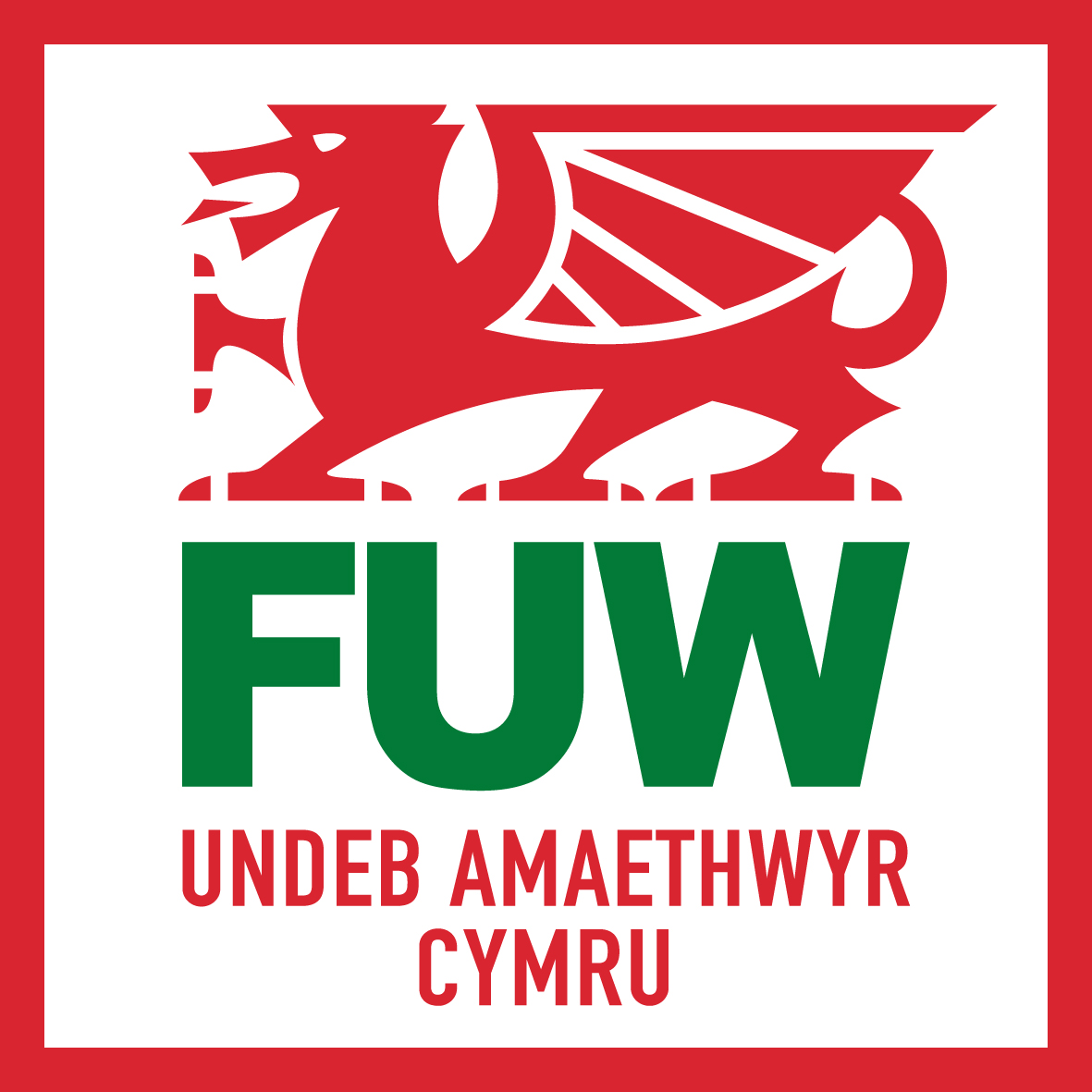Failure by successive Welsh Governments to instigate modelling work early enough has made it impossible to respond definitively to the Welsh Government’s consultation on the post 2014 CAP Payment regime, according to a majority of Farmers’ Union of Wales committees.
Twelve of the union’s county executive committees and eight central policy committees had considered the consultation paper, issued last July, ahead of the consultation deadline on Saturday (November 30).
The consultation dealt with an array of complex issues relating to the future CAP payment regime in Wales, with the single most important issue being which flat-rate payment model Wales should move towards after 2014.
Proposals had included a two-tier model with differing payment rates per hectare for moorland and the rest of Wales and a three-tier model with differing payment rates per hectare for moorland, Severely Disadvantaged, and "other" land.
“However, modelling of the likely impacts of different payment ratios and changes to the moorland map has continued throughout the consultation period, meaning the majority of our committees felt it was impossible to provide a definitive answer to the key questions posed in the consultation paper as the goalposts were continually being moved,” said FUW president Emyr Jones.
Mr Jones said that the conclusion was hardly surprising as people were unlikely to support a particular model when the geographic boundaries and payment rates for that model were unknown.
“While members praised the modelling work undertaken since June 2012, and the Welsh Government staff who have undertaken that work, there is an overwhelming feeling that the industry has been let down by successive Welsh Governments’ reluctance to instigate detailed modelling until the 11th hour.
“If we had been required to implement CAP reform in 2014, as originally intended, we would be in an even greater mess,” added Mr Jones.
In July 2009 the FUW warned that "…the movement to flat-rate payments is inevitable, and we need to start looking at all the options in order to find the best solution for the Welsh industry".
Those sentiments were reiterated in July 2011 when the FUW told the then newly-appointed deputy minister Alun Davies that there was a "desperate need for the Welsh Government to drive ahead with modelling work so we know where we currently stand, and where we want to be under the new CAP, given the inevitable move away from the historic single payment model...the delay in undertaking such work is regrettable".
“Four-and-a-half years after our initial warnings, we are sadly now in an ‘I told you so position’, which we definitely do not want to be in, that has caused extreme anger among members and has made it impossible for members to respond to a key question in the consultation document,” said Mr Jones.
In terms of the transition period over which farm payments should move from an historic to a flat-rate based system, Mr Jones said the union maintained its belief that a transition period of more than five years was needed - particularly if the failure to start modelling work soon enough was going to increase disruption for members.
“Whenever we have consulted on the transition period, the vast majority of members have favoured seven to 10 years. The Welsh Government originally supported that view but has since opted for five years.
“Wales has the option to implement an ‘internal convergence’ model whereby entitlement values move towards, but do not reach common values by 2019, and it is this option which is most in line with the views expressed by the majority of members on successive occasions.
“Such a system would provide those businesses which will be hit most severely by the move to a flat rate system with more time to make essential changes to their businesses in the face of falling CAP receipts.”
Members also expressed their opposition to the transfer of funds from Pillar 1 to Pillar 2, and the belief that any transfers should be match funded.
“The Welsh Government wishes to minimise disruption for Wales’ agriculture industry and, given that the Pillar 1 budget will be 1.6% lower in nominal terms after 2014 and even lower in real terms, modulation at any significant rate would add to the disruption felt by the industry and Welsh businesses,” said Mr Jones.
“Wales currently has a modulation rate of 11.5% and keeping Pillar 1 payments at the same level in nominal terms would mean a reduction in modulation of around 1.5% - while keeping the receipts the same in real terms would mean a far greater reduction.
“With a consultation on the future Pillar 2 Rural Development Plan not due out until next year, and the majority of Pillar 2 payments going towards replacing income foregone as a result of agri-environment measures, it would be wholly unacceptable for the maximum modulation rate of 15% to be applied without any guarantee that such a reduction will ultimately result in an increase in farm incomes for the vast majority.”


